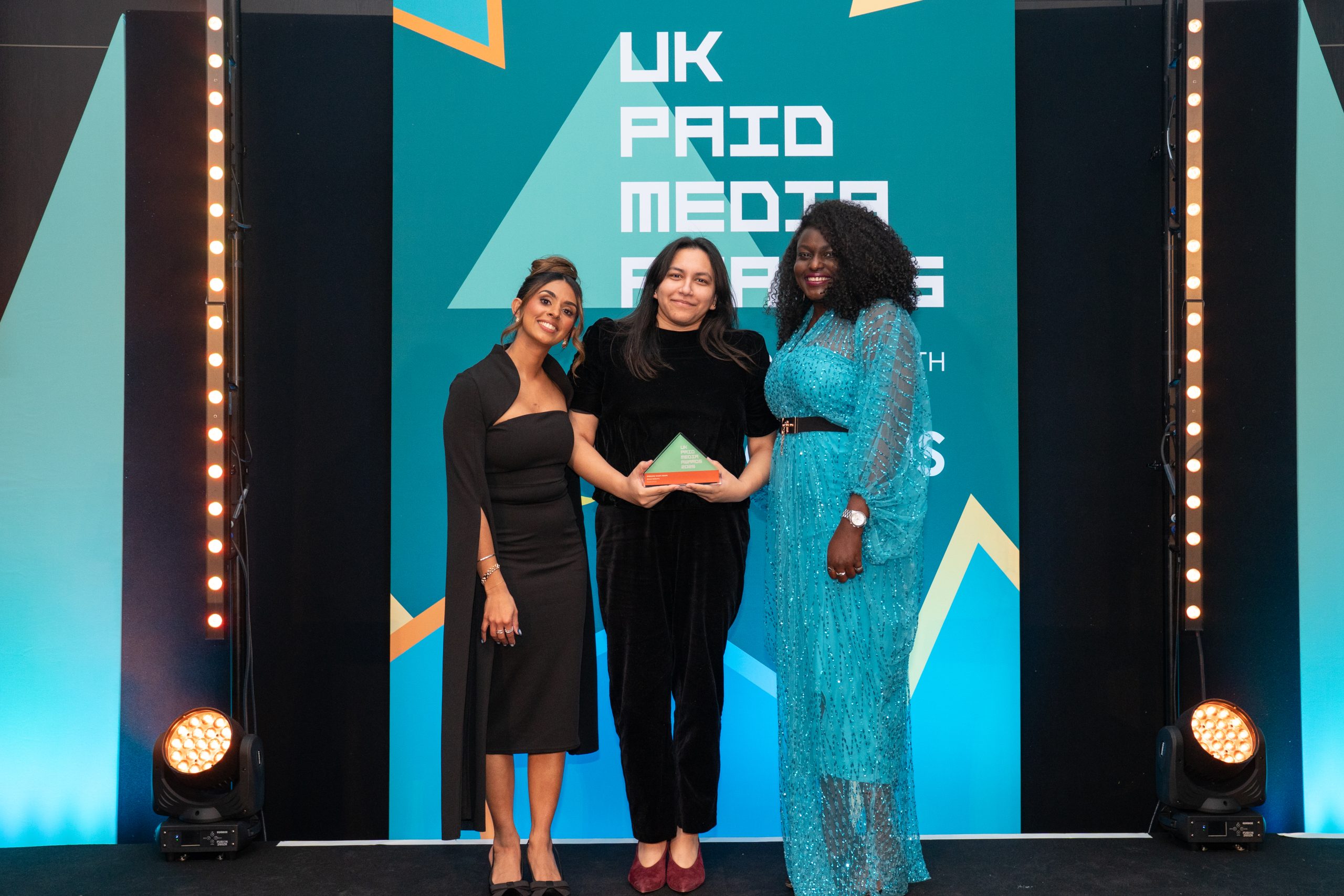15 Tips for Cognitive Accessibility

Working with Myriam Jessier, technical marketing consultant and trainer, we’ve put together a short checklist to cut through the noise and have folks hone in on the key message you are putting out there. Cognitive accessibility is about making your content and digital spaces friendly for every brain – especially your marketing awards entries!
Quick hot take about cognitive accessibility
This isn’t just about ticking boxes. It’s about real people navigating real barriers, whether they have PTSD, autism, dyslexia, or are just plain overwhelmed by digital noise. If your content makes sense to the most distracted, dopamine-hunting mind in the room (Hi, that’s Myriam!), you’re on the right track. Ensuring you achieve cognitive accessibility means creating content that is user-friendly for readers who have different brain wiring, such as Down Syndrome, PTSD, autism, dyslexia, and ADHD.
What Makes Neurodiverse Folks Rage-Quit Your Content?
Let’s be brutally honest. You lose people when you:
- Use jargon, acronyms, and cryptic copy. All are the enemy.
- Overcomplicate websites? Nope
- Include rigid forms and ticking clocks? Hard pass.
So, How Do You Fix It? Make it more accessible!
As someone navigating the world with ADHD, here’s Myriam’s pragmatic guide to getting cognitive accessibility right:
1. Looks Aren’t Everything, But They’re A LOT:
- Guide the Eye: Use clear headings. Use subheadings. Use bullet points (like this!). Make it scannable. Show people where the important stuff is.
- Visual Cues are Your Friends: Use icons, borders, or subtle highlights to point people where you want them and where they need to be.
- Whitespace is Sacred: Don’t cram everything together like a digital hoarder. Let your content breathe. Separation prevents overwhelm.
- Images with Purpose: Break up text walls with meaningful graphics.
- Font Sanity: Choose clean, simple fonts. Seriously, no one’s impressed by unreadable calligraphy. Legibility first.
- Keep it Horizontal: That’s how most people read. Don’t try to be avant-garde with vertical or tilted text. It’s annoying and hard to read.
- Front-load the Good Stuff: Get straight to the point, above the fold. Respect people’s time. Don’t make them hunt for the core message.
- Mix It Up (Formats): Text, images, video, audio. Give people options. Let them choose how they want to absorb your brilliance.
2. Stop Making the Words Hard:
- Avoid excessive industry jargon and LLM jargon. Keep it straightforward and, importantly, readable. If you are using industry terms, provide a quick breakdown of what they mean at least once in the text.
- Active Voice = Authority. Own it! Say “We achieved X”. It’s clearer, stronger, and less open to weird interpretations.
- Focus, People, Focus: Keep it tight. Keep it relevant. Short attention spans are a reality. Get in, deliver value, get out.
- Left Align is Your Friend: Justified text creates weird spacing rivers that make tracking lines a nightmare. Centralised text is just…awkward. Stick to left alignment for easy reading.
3. Colour Isn’t Just Decoration:
- Contrast, Contrast, Contrast: Make sure text is easily readable against its background. High contrast = less eye strain.
- Don’t rely only on red/green to show increase/decrease or good/bad. Use icons (+/-), labels, bolding, something else.
- Colour Needs Backup: Don’t only use colour to convey meaning. Underlines, asterisks, bold text – use supporting visual cues.
Okay, Awards Entrants – Special Message From One of Your Judges
All this? It applies DOUBLE to your awards entry.
- Make it Judge-Friendly: Clean layout. Clear headings guide me through your entry. Judges are human, often tired, and reading a lot of entries. Make yours easy to love.
- Read the Criteria: Meet the baseline requirements. Your amazing campaign means nothing if you haven’t answered the actual questions or provided the requested proof.
- Don’t assume we know your company’s pet acronyms or the specific nuances of your local market. Provide context. Spell things out.
- Proofread Like Your Entry Depends On It (It Does): Typos and grammatical errors scream “rushed” and “low quality.” Same goes for LLM lingo. It creates an unconscious bias, and trust me, you don’t want that.
Bottom Line: Cognitive accessibility isn’t some niche ‘extra’. It’s about clear communication that respects everyone’s brain. Make your content easy to find, easy to understand, and easy to navigate. Your audience – and yes, your awards judges – will thank you.
Connect with Myriam








